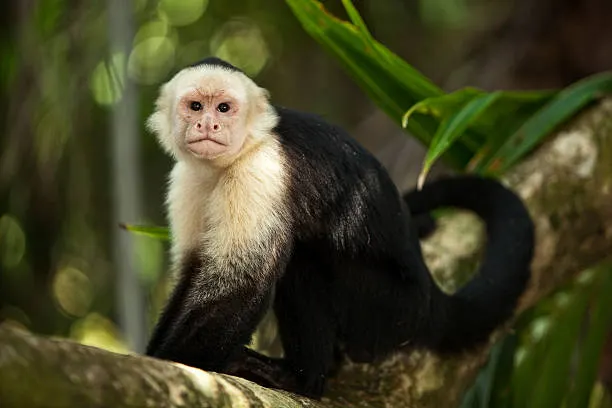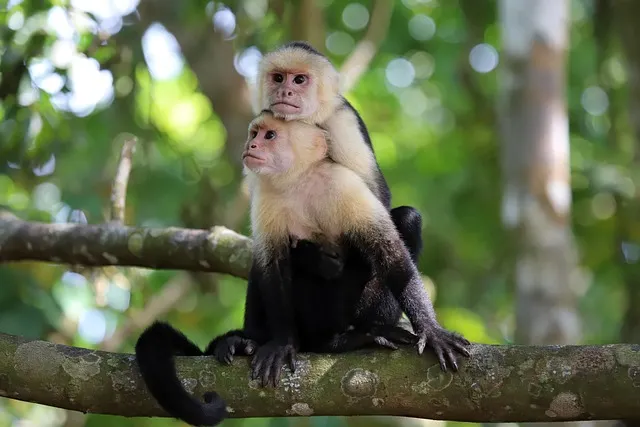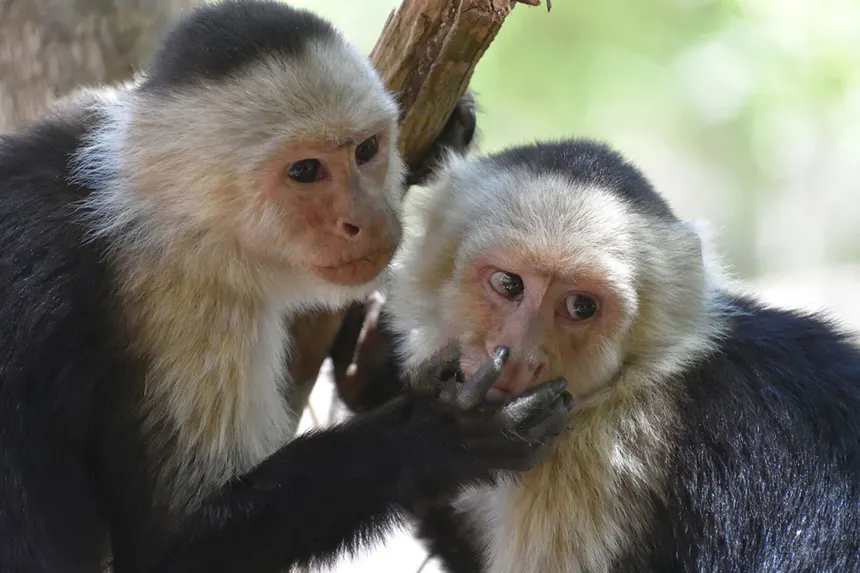Interesting Facts About Capuchin Monkeys

Capuchin monkeys, with their expressive faces and inquisitive eyes, are among the most intelligent and adaptable primates in the New World. Native to Central and South America, these small monkeys are well-known for their remarkable tool use, social complexity, and problem-solving abilities. They’ve even gained popularity in movies and television—but there’s much more to capuchins than meets the eye.
In this article, we explore the most fascinating, surprising, and informative facts about capuchins—from their behaviors in the wild to their role in science and culture.
1. Capuchins Are Incredibly Intelligent
Capuchins are considered one of the smartest monkeys in the Americas. They have demonstrated cognitive abilities such as:
- Using tools (like sticks, stones, and leaves)
- Problem-solving in lab and wild settings
- Planning and memory, including hiding food for future consumption
Studies have even shown capuchins understand some basic cause-and-effect relationships, placing them in an elite category of non-human primates.
2. They Use Tools in the Wild
Capuchins are one of the few non-human animals known to use tools regularly. In the wild, particularly in Brazil, bearded capuchins use stones to crack open hard-shelled nuts. They also use sticks to probe insect nests or extract food.
This level of tool use suggests advanced planning, patience, and cultural transmission—young capuchins learn by watching adults.
3. They Are Named After Monks
The name “capuchin” comes from their distinctive coloration, which early European explorers thought resembled the robes and cowls of Capuchin friars, a Roman Catholic order. The resemblance was striking enough that the name stuck.
4. Capuchins Live in Complex Social Groups
Capuchins are highly social animals, living in groups of 10–35 individuals. Their social structure is hierarchical, typically led by a dominant male, though female-led decisions on foraging are common.
Social behaviors include:
- Grooming (for hygiene and bonding)
- Playing, especially among juveniles
- Communication through vocalizations, gestures, and facial expressions
Group dynamics can be both cooperative and competitive, with social rank impacting access to food and mates.
5. They Are Omnivores With Varied Diets
Capuchins have one of the most diverse diets among monkeys:
- Fruits, seeds, and nuts
- Insects and small vertebrates
- Bird eggs, frogs, and lizards
They have even been observed using stones to dig for roots or hunt, showcasing their adaptability in different environments, from rainforests to dry savannas.
6. Capuchins Are Important Seed Dispersers
Because they eat so much fruit, capuchins play a crucial role in tropical forest ecosystems. As they move and defecate, they help spread seeds across large areas, aiding forest regeneration.
7. They Have a Long Lifespan for Monkeys
In the wild, capuchins can live 15–25 years, while in captivity they can live up to 40–50 years under good care. This longevity, combined with their intelligence, makes them ideal subjects for scientific and behavioral research.
8. Capuchins Can Recognize Themselves in Mirrors (Sort Of)
Mirror self-recognition is a test of self-awareness that very few animals pass. While capuchins generally don’t pass the full mirror test, some experiments have shown evidence of partial self-recognition—such as inspecting parts of their body only visible in a mirror.

9. They Engage in Ritual Behaviors
Capuchins have been observed participating in odd but consistent behaviors like:
- Passing objects back and forth
- Smelling or poking each other’s eyes or ears
- Rubbing plants or insects on their fur
Some researchers believe these may serve as bonding rituals or grooming substitutes.
10. Capuchins Are Used in Assistance Roles
In the United States and other countries, trained capuchins have been used to assist paralyzed or mobility-impaired individuals. These service monkeys can:
- Fetch items
- Open containers
- Operate light switches or remote controls
Organizations like Helping Hands have trained capuchins for such roles, though ethical debates continue over the welfare of keeping them in human environments.
11. They Communicate Using a Range of Sounds
Capuchins have a rich vocal repertoire including:
- Alarm calls
- Food calls
- Baby cries and adult warning barks
Their communication system is sophisticated enough that researchers can identify specific meanings to certain vocalizations.
12. They Perform “Urine Washing”
In a somewhat unusual behavior, capuchins often urinate on their hands and rub it on their fur. While it might sound unsanitary, it’s believed to serve purposes like:
- Scent marking
- Thermoregulation
- Possibly even insect repellent behavior
13. Threats to Capuchins
While not all species are endangered, capuchins face several threats:
- Deforestation and habitat loss
- Illegal wildlife trade
- Hunting and pet capture
Some species, like the blond capuchin, are critically endangered and require urgent conservation efforts.
14. They Can Learn Sign Language Basics
In captivity, capuchins have been taught basic hand signals and symbols, showcasing their high learning capacity. Some can associate symbols with objects or tasks.
15. They Appear in Mythology and Pop Culture
Capuchins have appeared in:
- Movies like Pirates of the Caribbean (Jack the Monkey)
- TV shows, often as comic relief
- Folklore in Central and South America, where they are sometimes seen as mischievous tricksters

Conclusion
Capuchin monkeys are more than just cute, agile primates—they are clever, social, tool-using creatures with complex emotions and behaviors. Whether observed in the wild or studied in research settings, capuchins continue to amaze scientists and animal lovers alike.



